What to Look Out For - December 2017
Mid-winter may not be the month you might think about looking for cetaceans (collective name given to whales and dolphins) on the Yorkshire coast. Well think again! On a calm sea our smallest and most mysterious cetacean the Harbour Porpoise can be seen almost anywhere and, as their name suggests, often close inshore.
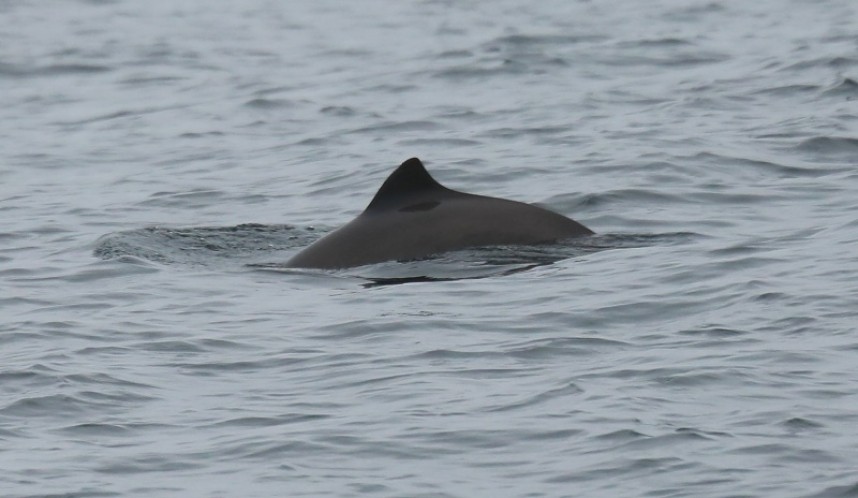
Harbour Porpoise © Richard Baines
They can live up to 23 years but more usually only to around 12 and feed primarily on small fish and cephalopods, diving for up to six minutes in search of prey. When they surface the small body and low, gently sloping dorsal fin create a distinctive shape. But you have to be quick to spot them and even quicker to photograph them! The word Porpoise comes from the Latin word for pig; porcus. The name is thought to originate from the pig-like, puffing snort Porpoise give when they surface to breath.
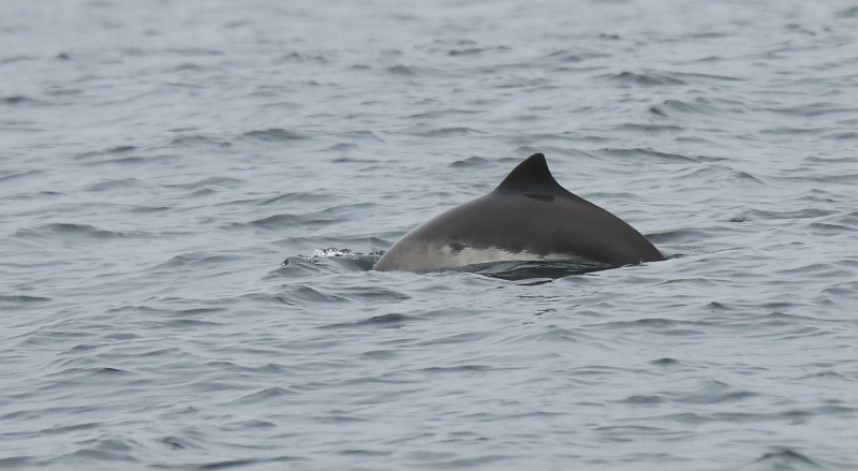
Harbour Porpoise © Richard Baines
On our seabird and whale cruises from Staithes in the North York Moors National Park we regularly see Harbour Porpoises within 1.5 miles of the shore. I took these photos on one of our trips in August of this year. Scarborough seafront by the castle is the other place to look out for them and if you are on Facebook I highly recommend you check out the ‘Scarborough Porpoise’ page where there are daily updates. As I write this three Porpoise were seen this morning (18/11) from the seafront!
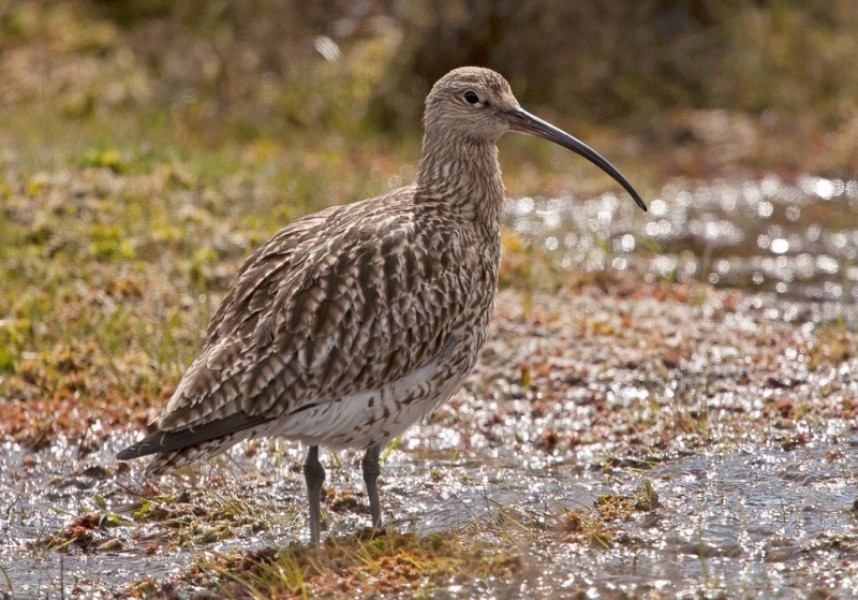
Eurasian Curlew © Steve Race
Whilst you’re on the coast look out for Curlew. They are one of our most popular breeding birds, but in the winter our coastal Curlews may not be the same nesting birds that sing their beautiful cascading song over our moors and Wolds. Ringing studies carried out by the British Trust for Ornithology have found Scandinavian Curlews wintering here on the coast. So, it may be that the majority of Curlews on our rocky North Yorkshire coast migrate here every autumn from Scandinavia.
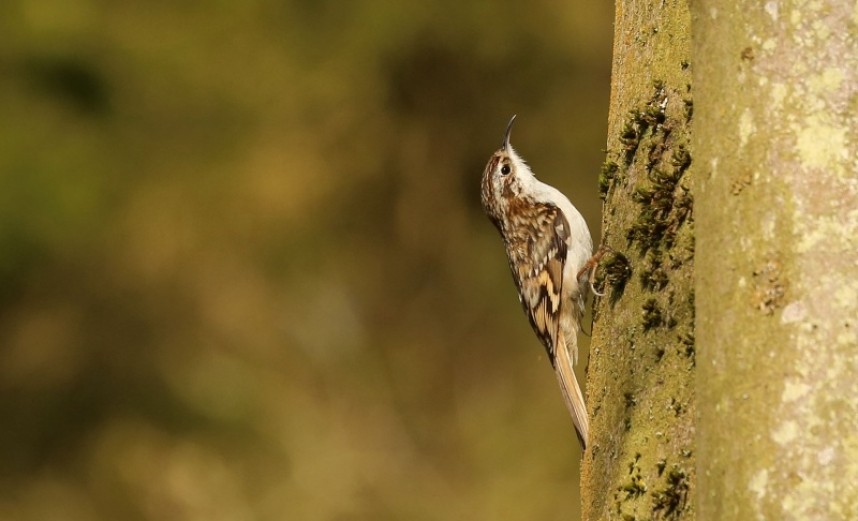
Treecreeper © Richard Baines
Winter is also great time to look out for some of our more difficult to see woodland birds. When the leaves are on the trees small brown birds such as Treecreeper are tricky to pick out behind the foliage. Treecreepers are with us all year round and feed exclusively on invertebrates, so they suffer badly in a very cold winter. Look out for them anywhere where there are large trees. They really love older trees with peeling bark or dead branches. Dead branches and dead standing trees are very valuable habitats for a large range of animals. Treecreepers feed by climbing up the main trunk and when finished on one tree they fly to the bottom of another tree to start their upward journey again.
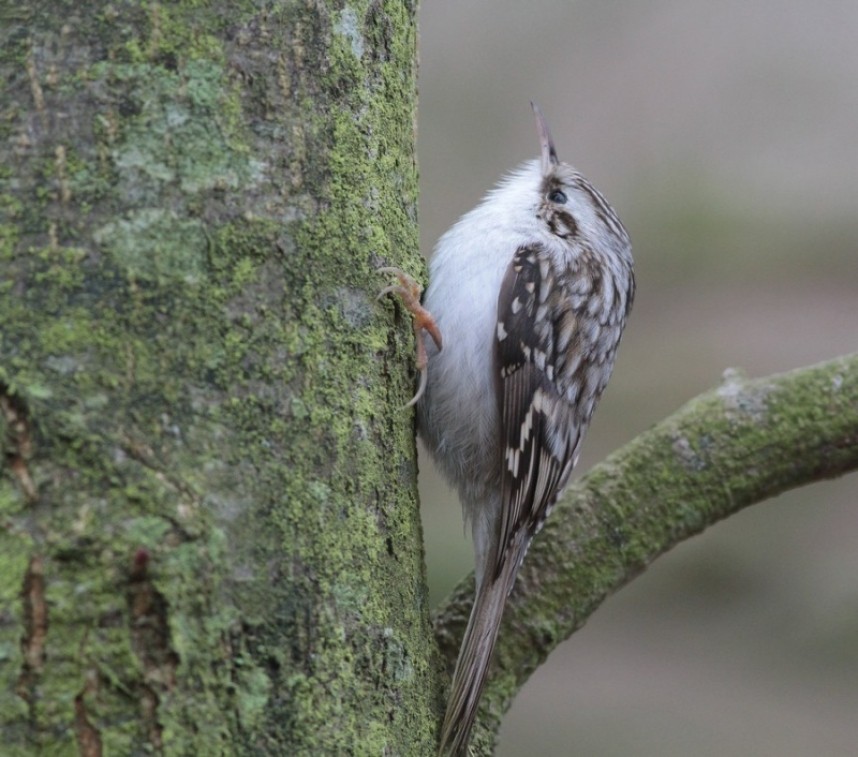
'Northern' Treecreeper © Martin Garner
Our British Treecreepers are a warmer tone than the frostier appearance of the white toned Northern European birds of the same species (nominate subspecies familiaris). Incredibly these tiny birds do occasionally make it across the North Sea. One of these beautiful birds was found by the late Martin Garner in a small Woodland Trust site at Flamborough in January 2014. To read more about Martin’s find and see more of his excellent photos see the Birding Frontiers website page.
Richard Baines YCN



 Back to Blog
Back to Blog
